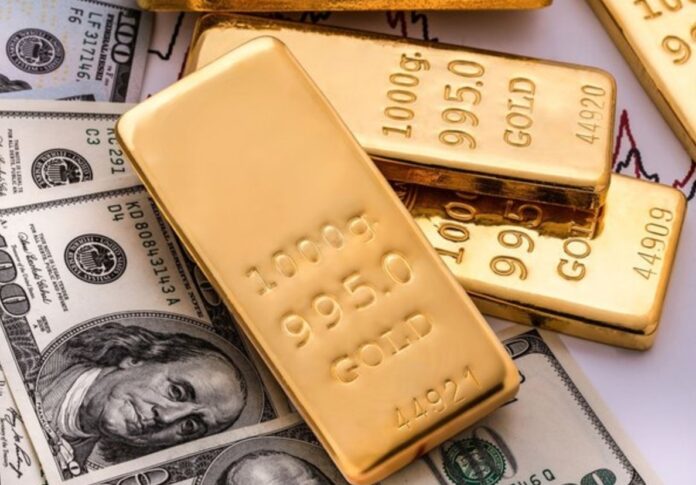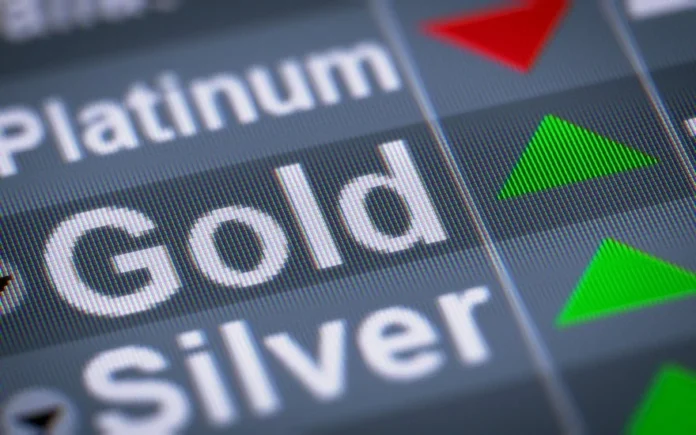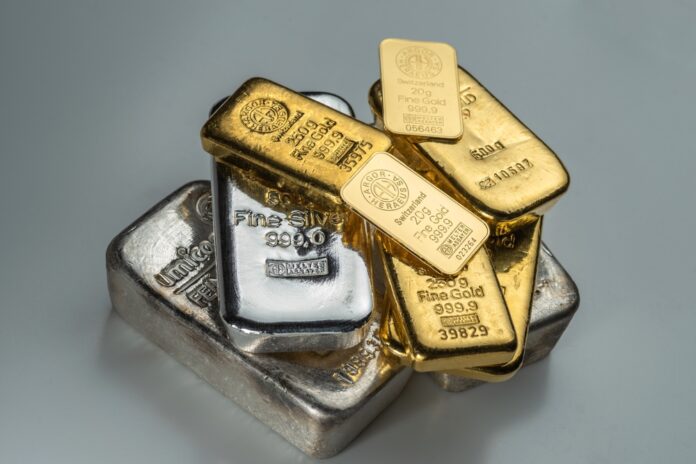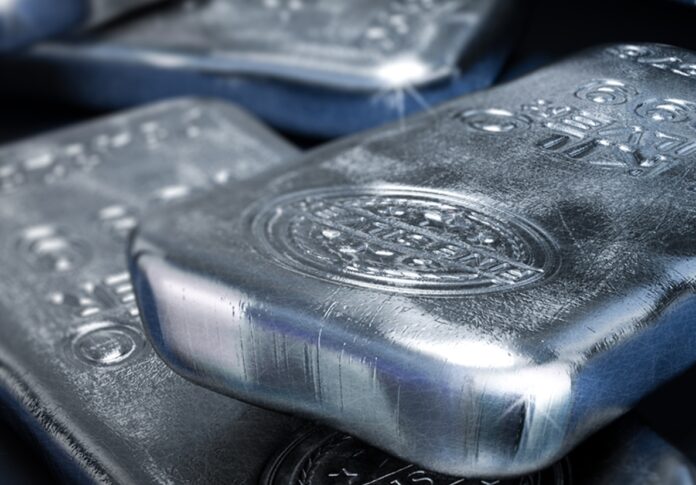Precious metals, such as gold, silver, platinum, and palladium, have long been considered a store of value and a haven asset in times of economic uncertainty. These metals are not only prized for their aesthetic beauty but also for their ability to retain their value over time. As a result, many investors have sought to diversify their portfolios by investing in precious metals.
However, investing in precious metals can be a complex and risky endeavor, especially for those who are new to the market. There are various ways to invest in precious metals, including buying physical metals, investing in mining companies, or trading in futures contracts. Moreover, the prices of precious metals are influenced by a wide range of factors, including global economic conditions, geopolitical tensions, and supply and demand dynamics. In this article, we will explore the world of precious metal deals and the strategies investors can use to unlock their value.
Investing in Physical Precious Metals

Gold, Silver, Platinum, and Palladium
When it comes to investing in physical precious metals, the four most commonly traded metals are gold, silver, platinum, and palladium. Each metal has its unique properties and characteristics that make it suitable for different types of investments.
Advantages and Disadvantages of Investing in Physical Metals
One of the main advantages of investing in physical metals is that they offer a tangible asset that can be held in the hand and stored for the long term. They are also considered haven assets that can provide a hedge against inflation and economic uncertainty. However, investing in physical metals also has its disadvantages, such as high storage and insurance costs, limited liquidity, and the potential for counterfeit or fraudulent coins and bars.
Purchasing Options: Coins, Bars, and Bullion
Investors have a variety of options when it comes to purchasing physical metals, including coins, bars, and bullion. Coins are typically more expensive than bars and bullion due to their rarity and collectibility. Bars and bullion are available in various sizes and weights and are generally the most cost-effective way to invest in physical metals.
Storage Considerations: Home Storage vs. Professional Storage
Investors who purchase physical metals must also consider storage options. Home storage can be convenient and cost-effective, but it can also be risky due to the potential for theft or loss. Professional storage, such as a bank safe deposit box or a third-party storage facility, can offer greater security but also comes with higher fees.
Taxes and Reporting Requirements
Investors who sell physical metals may be subject to capital gains taxes, depending on the duration of ownership and the amount of profit realized. Investors need to understand their tax obligations and reporting requirements when investing in physical metals. Additionally, certain types of precious metals, such as collectible coins, may be subject to different tax treatment than standard bullion or bars.
Investing in Precious Metal Mining Companies

Types of Mining Companies: Major Producers, Juniors, and Exploration Companies
There are three main types of mining companies: major producers, juniors, and exploration companies. Major producers are large, established companies with significant resources and production capacity. Juniors are smaller, emerging companies that are focused on exploration and development. Exploration companies are typically the smallest type of mining company and are focused on identifying new mineral deposits.
Factors Affecting Mining Company Performance: Resource Reserves, Production Costs, and Commodity Prices
The performance of mining companies is affected by a range of factors, including the size and quality of their resource reserves, production costs, and commodity prices. Successful mining companies can efficiently extract and process metals from their reserves while minimizing costs and maximizing profits.
Risks and Benefits of Investing in Mining Companies
Investing in mining companies can offer significant potential returns, but also comes with a range of risks. These risks include geopolitical risks, commodity price volatility, operational risks, and regulatory risks. However, mining companies can also offer diversification benefits, as well as exposure to long-term growth opportunities in emerging markets.
Researching and Analyzing Mining Company Stocks
Investors who are interested in investing in mining companies should conduct thorough research and analysis of individual stocks. This may include analyzing financial statements and performance metrics, assessing management teams and leadership, and evaluating risk factors and growth prospects. Investors may also want to consider working with a financial advisor who specializes in mining investments.
Diversifying Mining Company Investments
Investors can mitigate some of the risks associated with investing in mining companies by diversifying their investments across multiple companies and geographic regions. This can help to reduce the impact of any one company or market on the overall portfolio. Additionally, investors may want to consider investing in mining company ETFs or mutual funds, which offer diversified exposure to the sector.
Trading in Precious Metal Futures Contracts

Understanding Futures Contracts and Terminology
Futures contracts are agreements between two parties to buy or sell a particular asset at a specified price and date in the future. Understanding futures terminologies, such as contract size, tick value, and margin requirements, is essential for traders who want to trade in precious metal futures.
Factors Affecting Precious Metal Futures Prices
Precious metal futures prices are affected by a range of factors, including supply and demand dynamics, geopolitical events, economic indicators, and currency exchange rates. Traders must stay informed about these factors to make informed trading decisions.
Types of Futures Contracts: Standardized and Mini Contracts
There are two main types of precious metal futures contracts: standardized contracts, which have a fixed contract size and expiration date, and mini contracts, which have a smaller contract size and expiration date. Traders should choose the contract type that best suits their trading goals and risk tolerance.
Trading Strategies: Hedging, Speculating, and Spread Trading
Traders use a range of strategies to trade in precious metal futures, including hedging, speculating, and spread trading. Hedging involves taking a position in a futures contract to protect against price fluctuations in the underlying asset. Speculating involves taking a position in a futures contract in the hope of making a profit from price movements. Spread trading involves taking offsetting positions in two or more related futures contracts.
Risks and Benefits of Trading in Futures Contracts
Trading in precious metal futures can offer significant potential returns, but also comes with a range of risks. These risks include price volatility, leverage, margin calls, and liquidity issues. However, futures trading can also offer diversification benefits, as well as the ability to hedge against inflation and other economic risks. Traders should carefully consider the risks and benefits before entering the futures markets.
Conclusion

Precious metals remain a popular and lucrative investment option for individuals and businesses around the world. Whether investing in physical metals, mining companies, or futures contracts, there is a range of opportunities to unlock value and potentially generate significant returns. However, investing in precious metals also comes with risks, and investors need to conduct thorough research and analysis before making any investment decisions.









